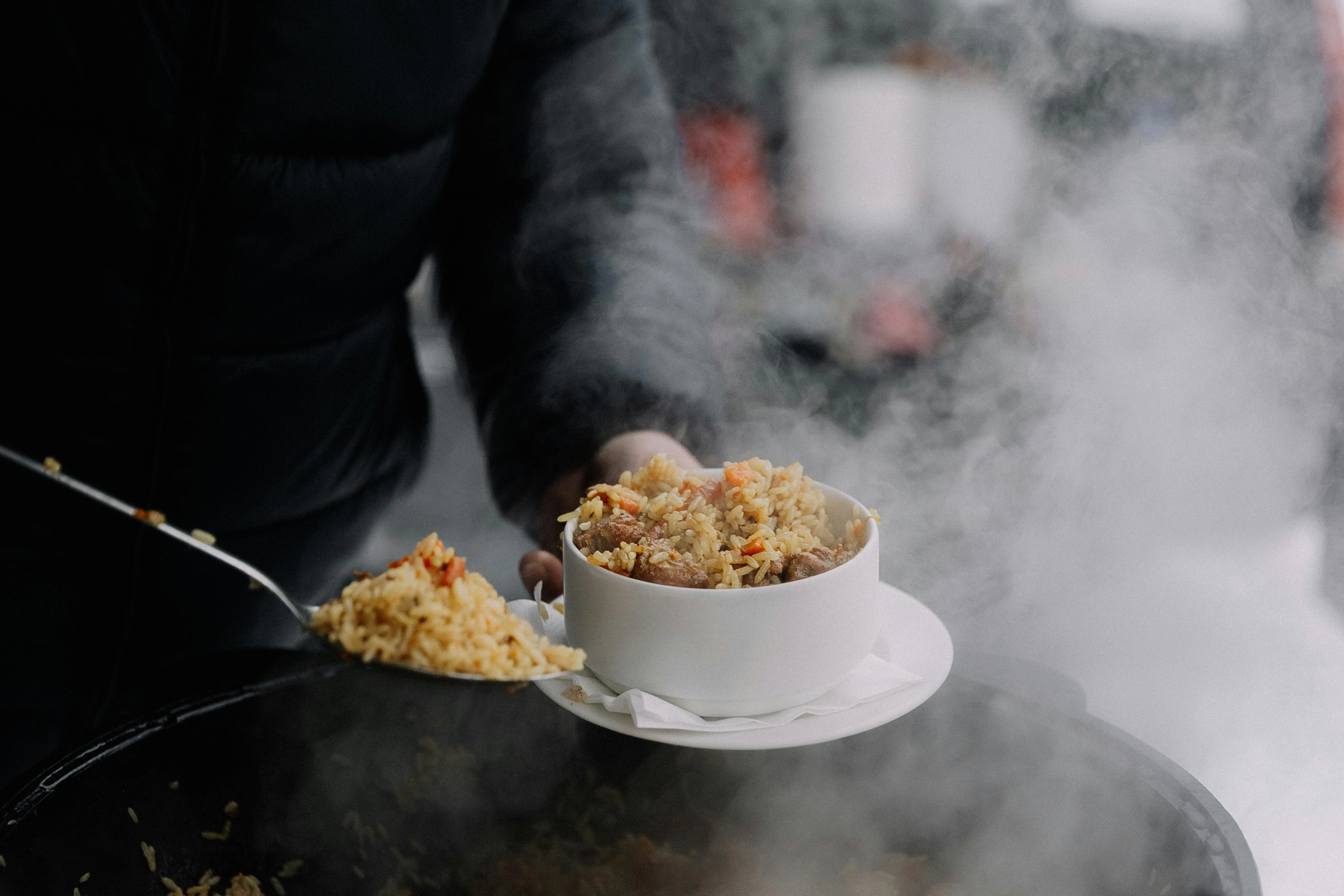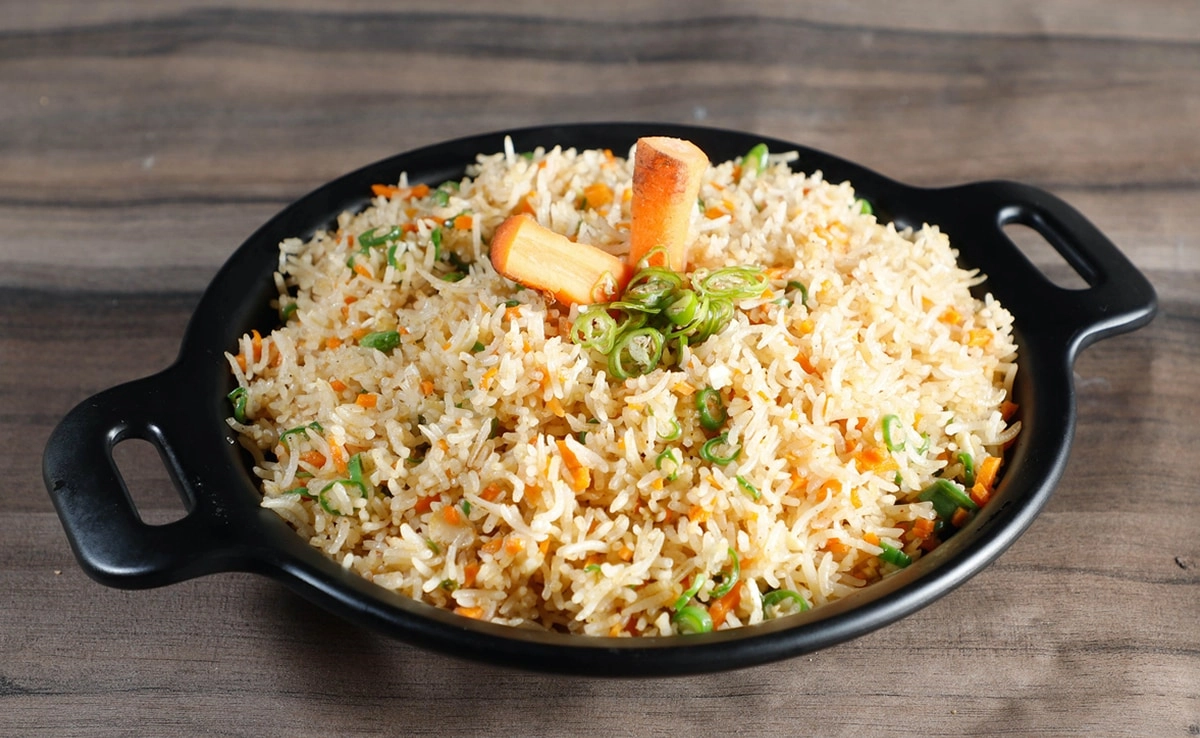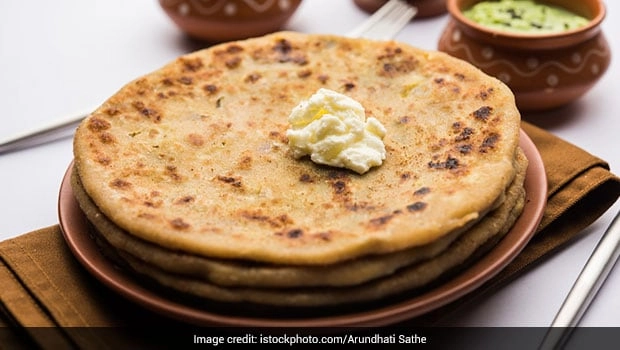Temperature plays a crucial role in the way we perceive flavors, especially when it comes to common ingredients like salt and sugar. As a chef, I have often observed how heat and cold can dramatically transform the taste profiles of these two essential components of cooking. When salt is heated, its flavor becomes more intense and concentrated, allowing it to enhance the natural flavors of other ingredients. This is particularly evident in techniques like roasting, where the salt can help to caramelize the natural sugars in vegetables or meats, creating a deeper, more complex flavor profile. Conversely, when salt is used in cold dishes, such as salads or cold soups, it can have a milder effect, allowing the freshness of the ingredients to shine through while still providing that essential seasoning.
Sugar, on the other hand, exhibits its own unique transformations with temperature changes. When sugar is heated, it melts and caramelizes, developing new flavors and aromas that are not present in its granulated form. This process creates a rich, toasty sweetness that can elevate desserts and savory dishes alike. For instance, caramelized sugar adds depth to sauces and glazes, enhancing the overall taste experience. However, when sugar is used in cold applications, such as in beverages or frostings, it retains its crystalline structure and imparts a clean, straightforward sweetness. This contrast demonstrates how temperature can influence not only the flavor but also the texture and overall mouthfeel of a dish.
Understanding these temperature-induced transformations allows chefs to manipulate flavors in creative ways, tailoring dishes to achieve desired taste profiles. By experimenting with the application of salt and sugar at different temperatures, cooks can explore a range of flavor combinations and intensities. This knowledge is essential for creating well-balanced dishes that highlight the natural characteristics of the ingredients used. Ultimately, the interplay of temperature, salt, and sugar is fundamental to the art of cooking, providing endless possibilities for flavor exploration and culinary innovation.




